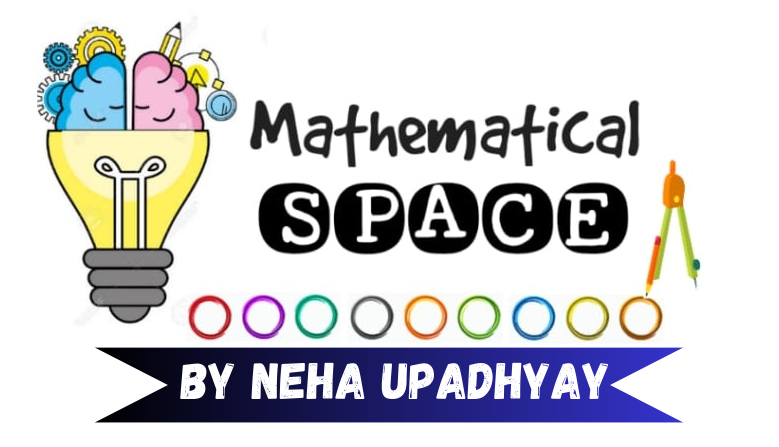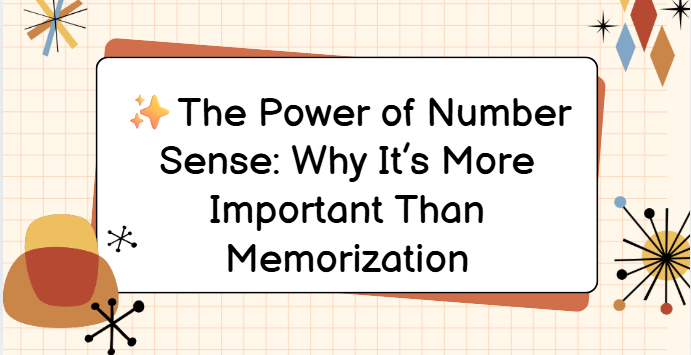
Fun Activities for Kindergarten Math That Kids Will Love
12 Fun and Easy Activities for Kindergarten Math (That Kids Actually Enjoy)
Let’s be real—teaching math to kindergarteners can feel tricky. But when you turn learning into a game or a hands-on activity, something magical happens: kids start to enjoy math!
If you’re looking for simple, playful ways to help your little one build early math skills, you’re in the right place. These activities for kindergarten math are perfect for the classroom or home and use things you probably already have lying around. No fancy supplies or prep needed—just a bit of creativity and a lot of fun.

1. 🃏 Learn Numbers with Flashcards
You’ll need: Number flashcards (0–20)
What to do:
Hold up a flashcard and ask your child what number it is. Then, challenge them to grab that many toys, blocks, or whatever’s nearby. It’s a super simple way to connect the written number with real-life quantities.
Why it works: It builds number recognition and helps kids understand that numbers represent actual amounts.
2. 🧮 Count Everyday Objects
You’ll need: Anything around the house—buttons, coins, socks, etc.
What to do:
Ask your child to count small groups of items. Want to make it more fun? Try a scavenger hunt like, “Can you find 4 green things?” You can also mix it up by counting backward or grouping by color.
Why it works: Counting becomes meaningful (and way more fun) when it involves familiar things.
3. 🔺 Go on a Shape Hunt
You’ll need: Just your surroundings
What to do:
Take a walk around your house or yard and look for shapes in everyday objects. “What shape is the clock?” “Can you find something shaped like a triangle?” Let your child describe why it’s that shape.
Why it works: It builds shape recognition naturally and gets them thinking about the world in a new way.
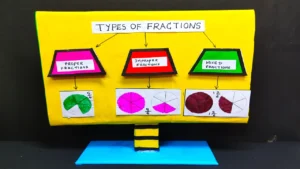
4. 🔴 Make Patterns with Blocks
You’ll need: Colored blocks, beads, or anything small and colorful
What to do:
Create a pattern like red-blue-red-blue and have your child continue it. Then, let them make up their own patterns and explain them to you.
Why it works: Recognizing and predicting patterns is a big part of early math—and kids love it because it feels like a puzzle.
5. ➕ Add and Subtract with Small Objects
You’ll need: Counters (coins, buttons, cereal, etc.)
What to do:
Use the objects to show simple problems like “You have 3 buttons, and I give you 2 more. How many do you have now?” Let them count it out. Same idea for subtraction—just take some away and count what’s left.
Why it works: It helps kids see what’s happening in a math problem, which makes it easier to understand.
6. 🧸 Sort and Organize Stuff
You’ll need: A mix of toys, blocks, buttons—whatever you have
What to do:
Ask your child to sort by color, size, shape, or type. Once sorted, count how many are in each group. You can also ask, “Which group has more? Which has fewer?”
Why it works: Sorting builds logic and observation skills—and it secretly teaches early graphing and comparing too!
7. 📏 Measure with Everyday Items
You’ll need: Paperclips, pencils, LEGO bricks, etc.
What to do:
Pick something to measure (like a book or table), and use your non-standard units (like paperclips) to see how long it is. “This book is 8 paperclips long!”
Why it works: It’s a fun way to introduce measuring without needing a ruler. Plus, kids love comparing lengths.
8. 💰 Explore Coins and Money
You’ll need: Pennies, nickels, dimes, and quarters
What to do:
Start by identifying and sorting coins. Then try simple problems like, “If we have 3 pennies and 1 nickel, how much money do we have?” Keep it visual and hands-on.
Why it works: It introduces money in a real, understandable way—and gets kids thinking about value.
9. ✏️ Trace and Draw Shapes
You’ll need: Paper and crayons or markers
What to do:
Start with printed shapes to trace. Once your child gets the hang of it, encourage them to draw their own. Talk about the number of sides and corners as they go.
Why it works: It strengthens fine motor skills and helps kids connect shapes to words and descriptions.
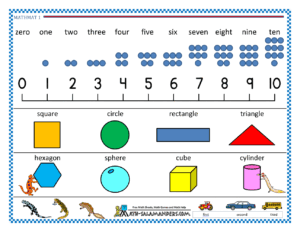
10. ⏰ Learn to Tell Time with a Toy Clock
You’ll need: A toy clock or printable one
What to do:
Begin with full hours (like 3:00 or 6:00). Ask your child to move the hands to the right time or guess the time you set. Keep it light and fun.
Why it works: It introduces the concept of time in bite-sized, manageable steps.
11. 🎵 Sing Math Songs Together
You’ll need: Just your voice—or YouTube if you want backup!
What to do:
Sing songs like “Five Little Ducks” or “Ten in the Bed.” These songs sneak in math concepts like counting and subtraction in a way that’s totally fun and memorable.
Why it works: Music sticks. Kids remember songs way better than worksheets!
12. 🎲 Play Math Board Games
You’ll need: Games like Candy Land, Chutes and Ladders, or your own DIY version
What to do:
Play games that involve counting spaces, rolling dice, or drawing cards. You can also make a custom game board where your child moves pieces by solving simple math problems.
Why it works: Games make math feel like play—and that’s when kids learn best.
💡 Final Thoughts
At the end of the day, activities for kindergarten math don’t need to be complicated or time-consuming. In fact, the most powerful learning happens through play, creativity, and curiosity.
So go ahead—count snacks, hunt for shapes, sing silly songs, and make patterns with toys. You’ll be helping your child build strong math skills and making beautiful memories at the same time.
For more fun learning ideas, don’t forget to check out mathematicalspace.com—it’s packed with helpful tips and free resources!
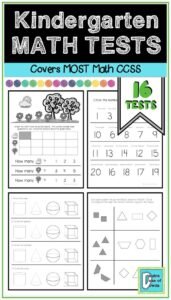
Our website
Our instagram
